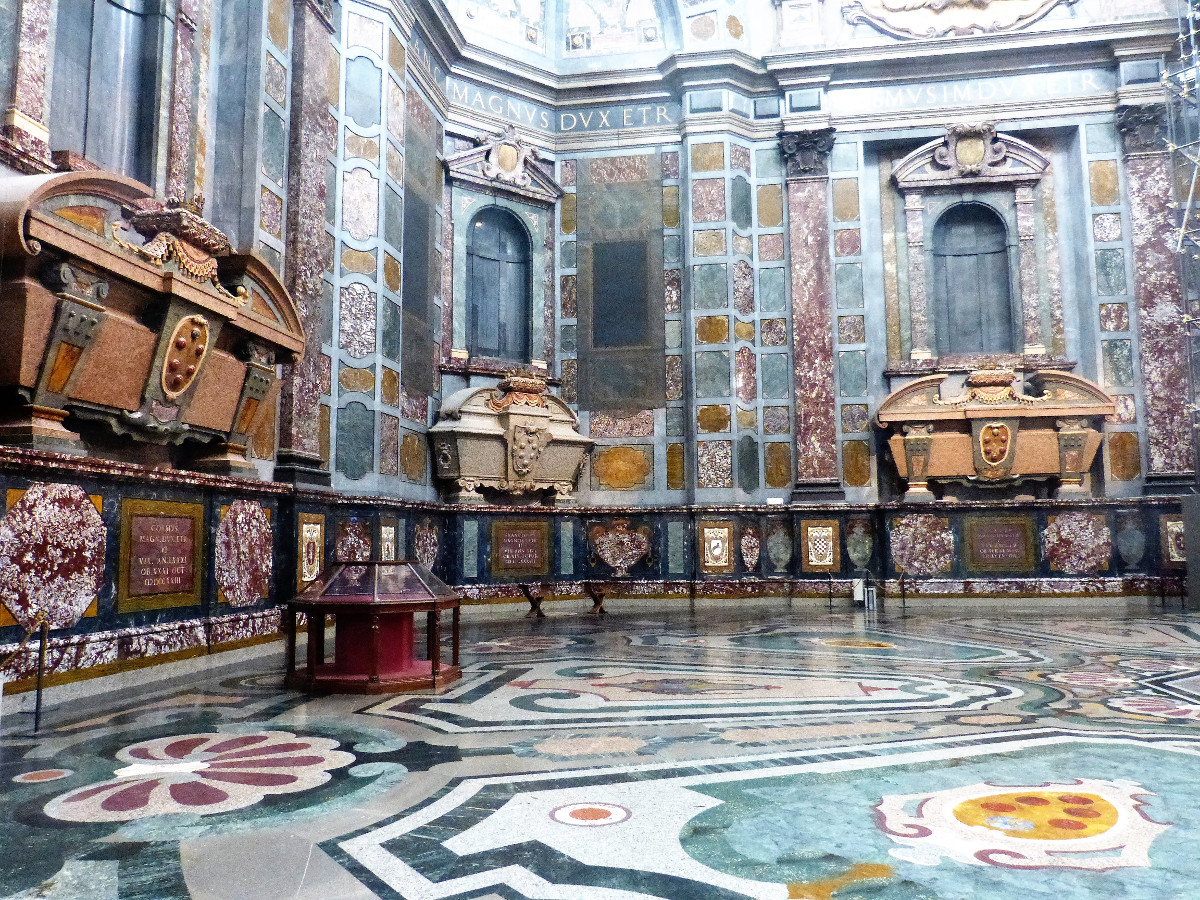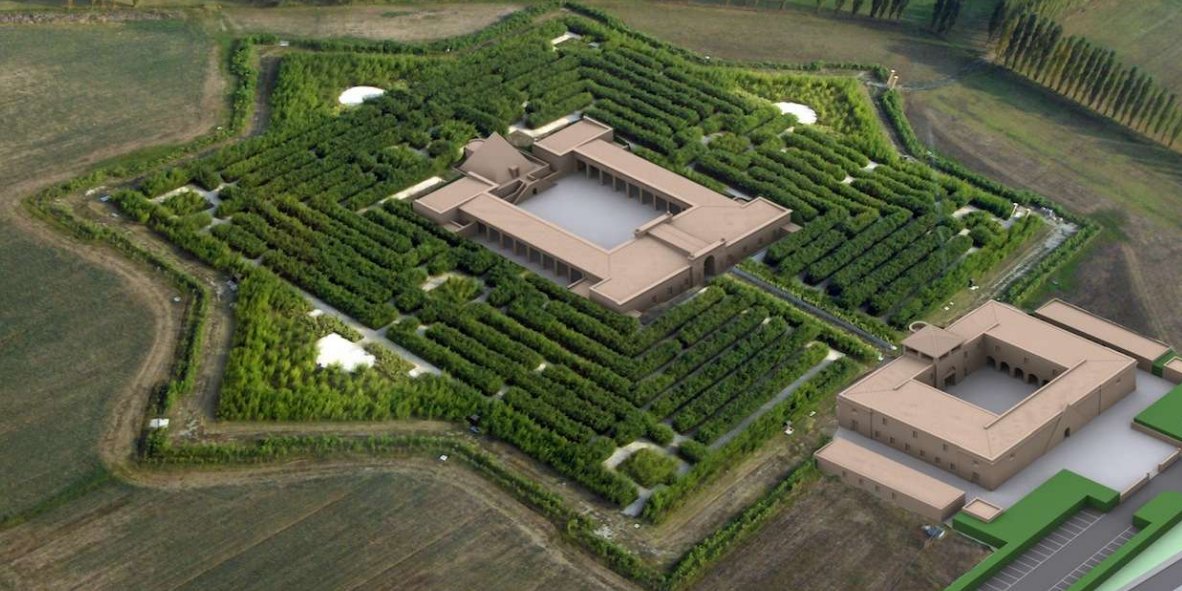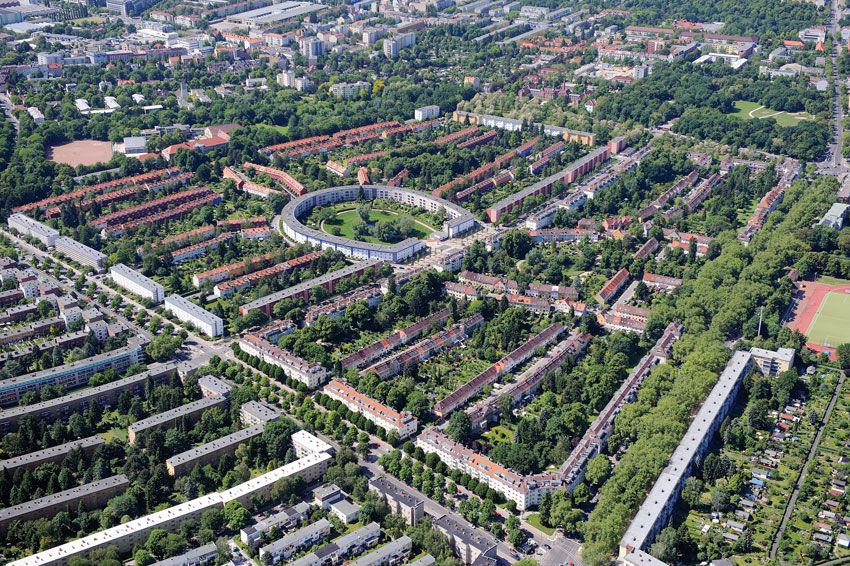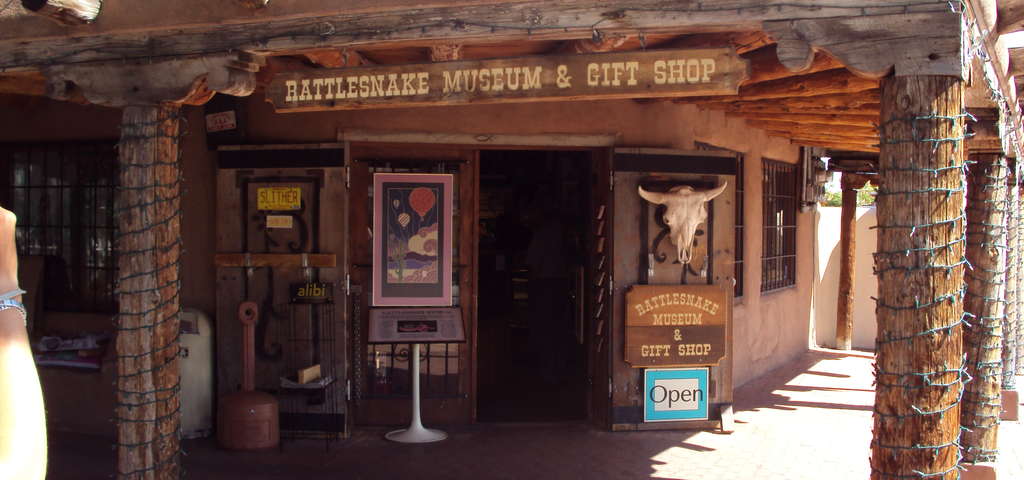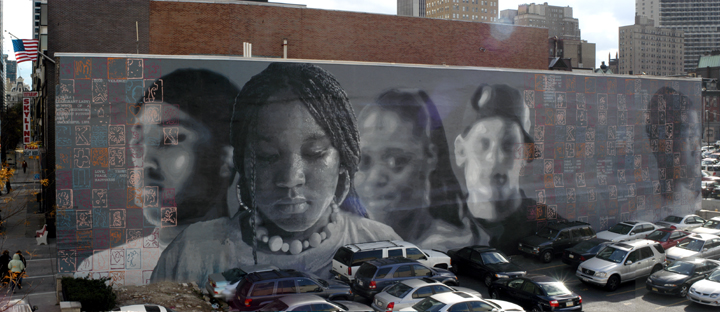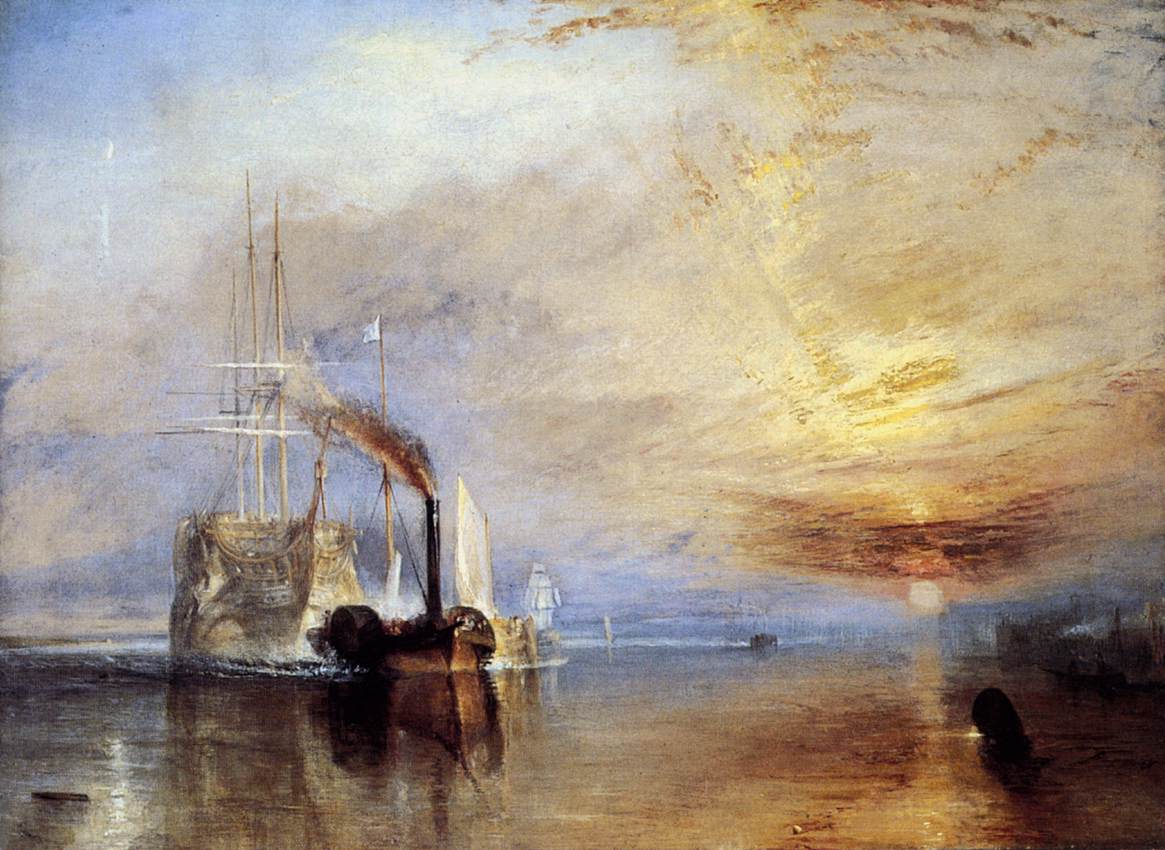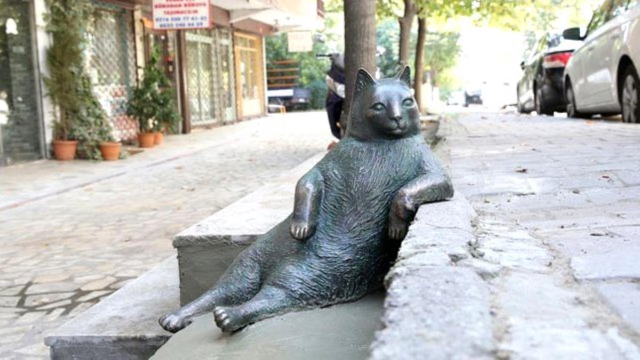Michelangelo’s artistic and architectural career – a long career, which lasted far longer than those of Leonardo or Raphael – unfolded in a prolonged bout of juggling between Florence and Rome, between the Medici bankers and the popes of the Holy Roman Church, until members of the Medici family began becoming elected popes themselves, the first two in the series by the names of Leo X and Clement VII. It was Pope Leo X, born in Florence to the name Giovanni de’ Medici, who decided to provide a worthy burial place in the home city of his father Lorenzo the Magnificent, his uncle Giuliano, his brother Giuliano, Duke of Nemours and his grandson, Lorenzo, Duke of Urbino. The last two of these had been expected to continue to uphold the family’s fortunes, but both died young. Michelangelo was commissioned to build the New Sacristy, added to the side of San Lorenzo Church, and to carve some monumental tombs. After visiting the Accademia and the Uffizi, going to what today are known as the Medici Chapels can initially feel a bit gloomy. But this is only the first impression as you pass the first huge octagonal building which was actually a later addition. Your eyes and heart will light up, however, when you reach the New Sacristy and see the architecture and statues of Michelangelo. Madonna and Child, which is remarkable for its solemnity and serenity, marks the burial place of Lorenzo the Magnificent and his brother. The young warrior dressed in a suit of armor is Giuliano, Duke of Nemours, watched over by Day (whose face is incomplete) and Night. In front, contemplative, is Lorenzo, Duke of Urbino, with Dawn and Dusk, who symbolize the beginning and the end. It’s hard to know whether you should spend hours standing there in quiet contemplation or simply run away, overwhelmed by the intensity of the figures, their expressions and their significance. For the San Lorenzo Church itself, in these years – between 1516 and 1534 – Michelangelo designed a new facade which was revolutionary compared to the prevailing trends of the time. But if today you take a look at the front of the church on the square, you will soon notice that his design was never brought to fruition. In the adjacent Laurentian Library ("Laurentian" is the adjective from Lorenzo"), on the other hand, there is something else which will leave you mouth agape. You enter from the cloisters and come to face to face with a staircase, the likes of which you will never see again. This was another work that Michelangelo did not realize himself, but the staircase which you see today is exactly as Michelangelo had envisaged, though built in stone rather than the wood its architect had intended. Michelangelo had sent a clay model from Rome as he no longer wanted to visit Florence. Some people say that he had a bad character.
